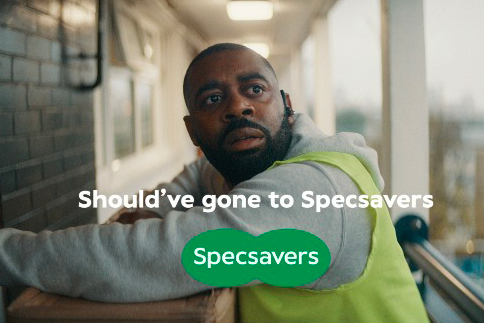Those fear-inducing public-service ads don’t work as well as we thought they did. Instead, invite people to believe.
Rituals can turn passive consumption into a ceremony. Ads and brand experiences that nurture them might become fixtures in people’s emotional lives, says Simon Carr.
MMM is too slow for today’s fast-paced digital media cycles. Brands need to know in real time when a channel’s effectiveness is fading and when to stop spending.
In the second part of a mini series, Caroline Manning shares four steps to bring coherence to chaos in a fragmented media world.
Following the Love Island 2025 finale, now is the perfect moment to reflect on what the show represents in today’s cultural and media landscape.
The way people shop has stretched and shifted. H2 is a series of distinct retail rhythms, each with its own audiences, behaviours and opportunities that brands must understand.
In part one of a three-part series, Initiative’s Caroline Manning explores how the role of media planners has grown to encompass more consultative work.
We are missing an opportunity to create work that truly appeals to the flesh and bones and beating hearts of the human.
LLMs build trust and relevance by citing external sources. Every high‑authority site you do not yet occupy is an invitation to shape how LLMs perceive your brand.
Media planners need to use data, analysis and good old-fashioned common sense and judgement as a trusted advisor to advertisers, not as a credulous spinner of the established narrative or for commercial gain.
Every media channel is seemingly a Swiss Army knife that can do everything now, but we’ve forgotten that channels have their own special set of superpowers. Let’s look at OOH to understand the problem.










